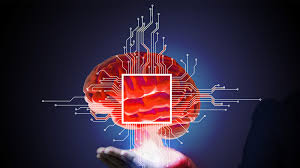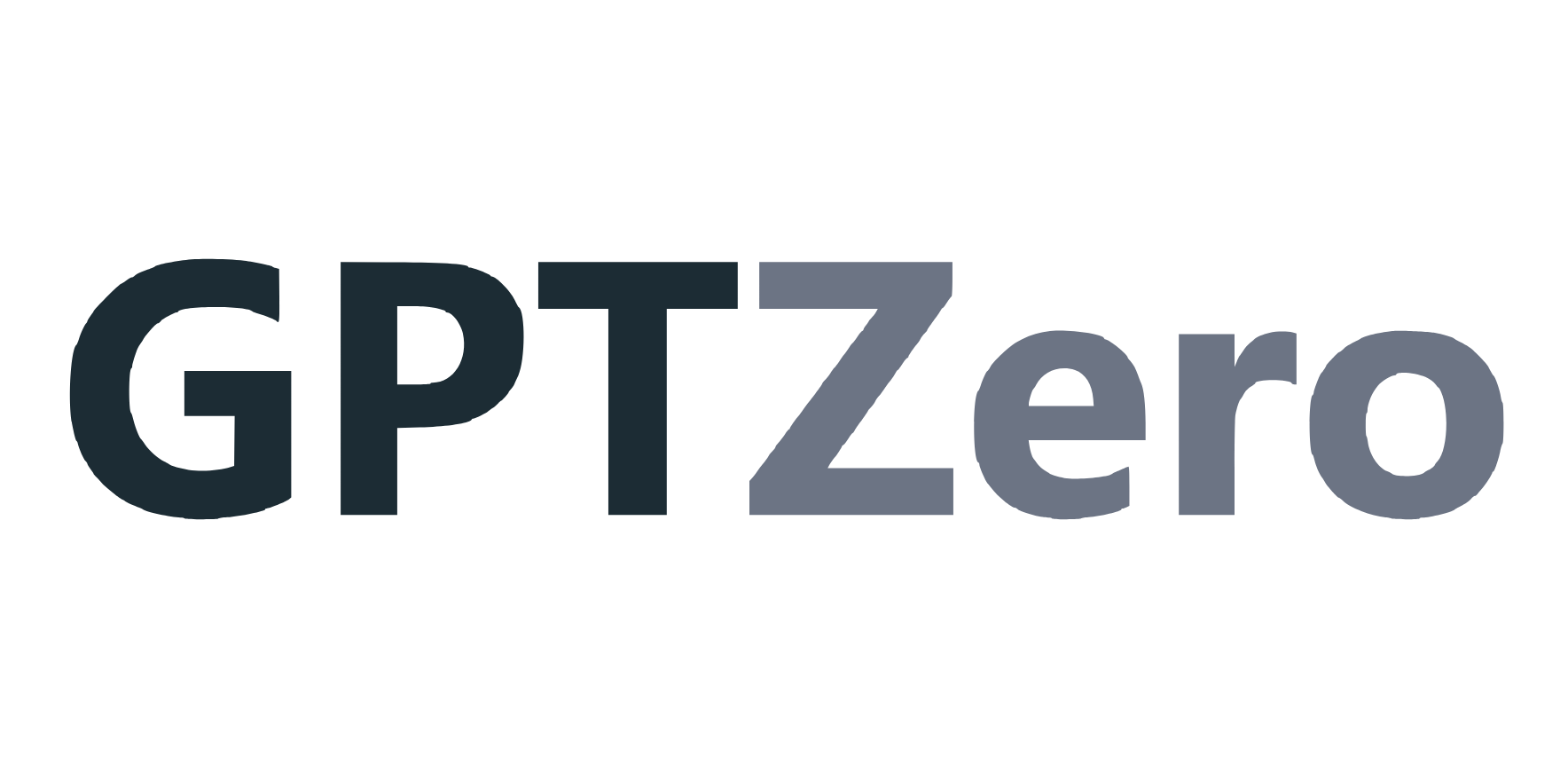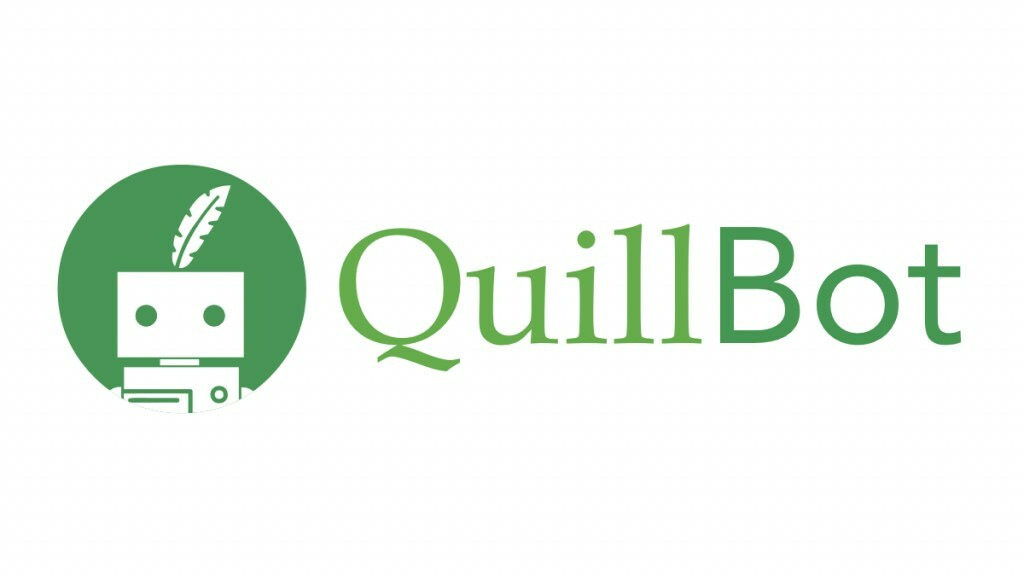Paraphrasing tools like QuillBot are incredibly helpful for writing tasks such as theses, dissertations, and marketing materials. However, a persistent question arises: Can content paraphrased by these tools evade detection by AI content detectors? Let’s explore this by focusing on one key issue: Can GPTzero recognize text processed by QuillBot?
Artificial Intelligence (AI) is rapidly evolving, and both creation and detection tools are becoming more sophisticated. QuillBot uses AI to rephrase text, making it unique while maintaining its original meaning. This is immensely useful for writers aiming to improve clarity or avoid plagiarism.

The accuracy of these detectors can differ based on several factors, like the complexity of the text and the specific settings used in QuillBot. We decided to test this by inputting rephrased content from different QuillBot modes to see how well the detectors perform. The results were surprising! Some modes showed a high probability of detecting AI-generated content, but there was one mode that only showed a 5% likelihood of being flagged as AI-generated content. This clearly demonstrates that the reliability of AI detectors can vary significantly depending on how the text has been processed.
Think of AI detectors as expert detectives in the world of artificial intelligence. Their job is to spot any text that might have been generated by AI, similar to how plagiarism checkers look for copied content. They do this by using language models, which are the same tools used by AI writing programs. It’s almost like the detectors are asking themselves, “If I were an AI, would I have written this?” If the answer is “yes,” they raise a red flag to indicate that the text could be AI-generated.
Now, let’s dig a bit deeper. AI detectors don’t just scan the text; they carefully analyze it for two key factors: “Perplexity” and “Burstiness.” These might sound complicated, but think of perplexity as the “heart” and burstiness as the “brain” of the detection tool. These are the core elements that help the detector decide if the text was created by an AI. If the perplexity and burstiness are low, it means the text is more likely to be AI-generated.
From our experience, AI detectors generally do a good job, especially with longer paragraphs. However, are ChatGPT detectors always accurate? The answer is no. These AI tools can struggle when tasked with identifying content that has been cleverly altered or skillfully rephrased after generation.
Consider using Quillbot or a similar paraphrasing tool to rewrite an essay. You enter a paragraph, Quillbot works its magic, and suddenly you have a completely new version that is almost impossible to detect. Similarly, prompts designed to make AI write more like a human can also confuse AI detectors.
While detectors like Gpt Zero are valuable tools for spotting plagiarism, they don’t always catch rephrased content.

GPTZero is a tool created to help spot text generated by artificial intelligence. Imagine a teacher trying to figure out if a student wrote an essay or if it was done by AI. GPTZero can make this job easier.
AI, like the kind found in tools such as ChatGPT, can create essays, articles, and even poems. Sometimes, it’s hard to tell if the words came from a computer or a person. GPTZero steps in to solve this problem. By analyzing the text, it can tell whether a human or AI wrote it.
For instance, suppose a student turns in a homework assignment, and the teacher suspects it might not be the student’s own work. The teacher can use GPTZero to check. If GPTZero indicates that the text looks like it was generated by AI, the teacher can then take appropriate action.
This tool is very helpful for educators, content creators, and anyone else who needs to confirm the originality of a written piece. It’s like having a trusty assistant that says, “Hey, this part might not be written by a human.”
To sum it up, GPTZero is a reliable tool for detecting AI-generated text, making it an invaluable asset in maintaining authenticity and originality in written works.
GPTzero works like a top-notch detective, looking for clues that suggest content was created by AI. It focuses on two main things: Perplexity and Burstiness. These are based on the same type of language models used by AI writing tools.
Perplexity measures how predictable a piece of text is. Here’s how it works:
– Low Perplexity: This means the text is very predictable. Imagine a children’s book with simple, repeated sentences. GPTzero can easily guess what comes next, resulting in a low perplexity score. Low perplexity often indicates that AI tools wrote the text.
– High Perplexity: This means the text is hard to predict. Think of a well-researched study paper with complex sentences and varied vocabulary. GPTzero struggles to guess the next word, leading to a high perplexity score. High perplexity usually means the text is human-written since humans naturally vary their writing.
Burstiness refers to the variation in sentence length and complexity within a text:
– Human Writing: Human writers often mix short and long sentences, creating a varied rhythm that results in high burstiness.
– AI Writing: AI-generated text might show unusual patterns in burstiness. It could have clusters of short, simple sentences or stretches of long, complex ones. This irregularity can be a telltale sign of AI-generated content.
GPTzero uses both perplexity and burstiness together to detect AI-written text. If a piece of text is highly predictable with low perplexity and has unusual burstiness, it’s a strong indicator that it was likely generated by AI.
To sum it up, GPTzero is skilled at spotting AI-created content by analyzing its predictability and rhythm. It’s like having a sharp-eyed detective who can tell if a piece of writing has the telltale signs of being crafted by a machine.

QuillBot is an AI-powered tool designed to make writing easier and better. It offers several useful features like a grammar checker, which corrects mistakes; a paraphraser, which rewords sentences for clarity; a citation generator for creating references; and a translator that works with multiple languages. Whether you’re working on a school assignment, a work report, or a personal project, QuillBot helps you write more clearly and confidently.
QuillBot caters to writers at all levels. Its array of tools includes a grammar checker to fix errors, a paraphraser to rephrase content for clarity, and a plagiarism checker to ensure originality. It also offers a citation generator for creating references, an AI detector to identify AI-generated text, and a translator for working in different languages. These features together make writing clearer, more accurate, and simpler to manage.
People worldwide trust QuillBot to refine their work emails, reports, and other documents. For example, the grammar checker ensures emails are error-free and clear, reducing misunderstandings. The paraphraser is useful for making reports sound fresh and original by rewording sentences. The translator helps break down language barriers, allowing effective communication in different languages. With these powerful features, QuillBot has become essential for improving the quality and clarity of professional writing.
Many professionals rely on QuillBot’s diverse features to enhance their work. For instance, the grammar checker ensures that important documents like emails and reports are free from errors, making them easy to understand. The paraphraser helps in making repetitive text more engaging and fresh, while the translator allows seamless communication with international clients or colleagues.
QuillBot’s citation generator is invaluable for students and researchers, making it easy to create accurate references and bibliographies for academic papers. Meanwhile, the AI detector helps writers ensure that their content is original and not generated by other AI tools, adding an extra layer of credibility to their work.
We conducted a set of tests to uncover the truth about AI content creation and detection. Let’s dive into our findings.
First, we examined how ChatGPT, an AI tool from OpenAI, was detected by another AI called GPT-Zero. GPT-Zero reviewed the content generated by ChatGPT and confirmed it was “entirely written by AI.” This result was consistent and clear.
Next, we brought Quillbot into our experiment. Using Quillbot’s premium features, we rephrased the content from ChatGPT in various modes to see if detection would change.
Case #1: Standard Mode
We started with Quillbot’s standard mode. After rephrasing, GPT-Zero analyzed the content and still detected it as “entirely written by AI.”
Case #2: Formal Mode
We then tried formal mode, making the language more sophisticated. Once again, GPT-Zero identified the content as AI-generated, showing its reliability.
Case #3: Creative Mode
We switched to Quillbot’s creative mode to add some flair to the rephrased content. GPT-Zero remained sharp, detecting the content as AI-generated.
Case #4: Expand Mode
To be thorough, we used Quillbot’s expand mode for further testing. The expand mode rephrased and elongated the content, but GPT-Zero still flagged it as “entirely written by AI.”
In conclusion, our tests demonstrated that GPT-Zero consistently detects AI-generated content, even when it is paraphrased using various modes in Quillbot. This shows that AI detection tools like GPT-Zero are reliable and effective at identifying content created by other AI systems.
As AI-generated content becomes more widespread, finding ways to bypass AI detection becomes essential. Here are some strategies to make AI content appear more human and harder for detectors to identify:
Adding a Personal Touch – Incorporating a personal touch is one of the most effective methods to bypass AI detection. Adding personal stories, humor, or unique details can make the writing more human-like and engaging. For instance, sharing a quirky anecdote or a funny observation makes the content feel authentic. According to Content at Scale, AI struggles to replicate these nuances perfectly, thereby enhancing the human feel of the content.
Varying Writing Styles and Tone – AI-generated content often lacks the personal connection found in human-written pieces. Therefore, varying your writing style and tone can help bypass AI detection. Simplify your sentences to avoid the overly complex structure that AI often produces. Additionally, shifting tones—say, from formal to conversational—can make the content seem more natural. Joey Geller suggests that these variations make the content appear more like it was written by a human and less like it was produced by AI detectors might otherwise spot. For example, correcting awkward phrasing or rewording sentences to sound more natural can make a big difference. According to Undetectable AI, manually editing also ensures that the content follows natural writing patterns and nuances. In addition, tools like Undetectable AI can assist in rewriting content to further enhance its human-like qualities.
Netus AI stands out by seamlessly integrating strategies that make AI-generated text appear genuinely human. Firstly, Netus AI incorporates a personal touch into the writing. It can add personal anecdotes, subtle humor, and unique details that resonate with readers. This makes the content engaging and relatable, a quality that AI detectors often find hard to distinguish.
However, Netus AI bypass ai detection by using various writing styles and tone. It can effortlessly switch from a formal to a conversational tone, creating content that feels more natural. By simplifying complex sentences and introducing variations in style, Netus AI ensures the writing does not come off as robotic.
Furthermore, Netus AI includes a robust feature for manual editing and review. It allows users to easily edit and fine-tune content, catching any grammatical inconsistencies or errors that AI detectors might flag. These manual adjustments help in making the content indistinguishably human.
Through digital leadership we empower people to leverage the opportunities in global economy
@ 2024 Netus AI.